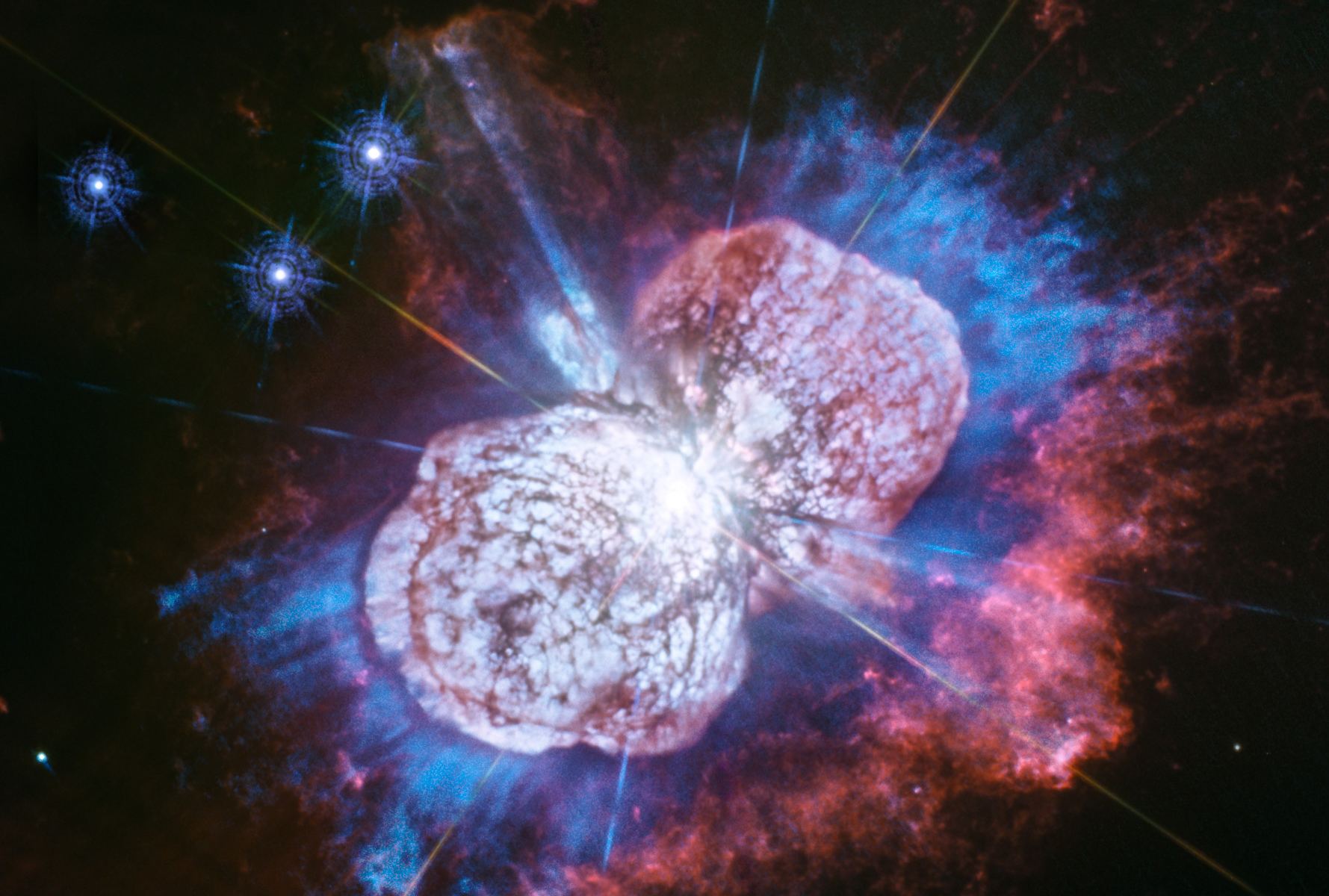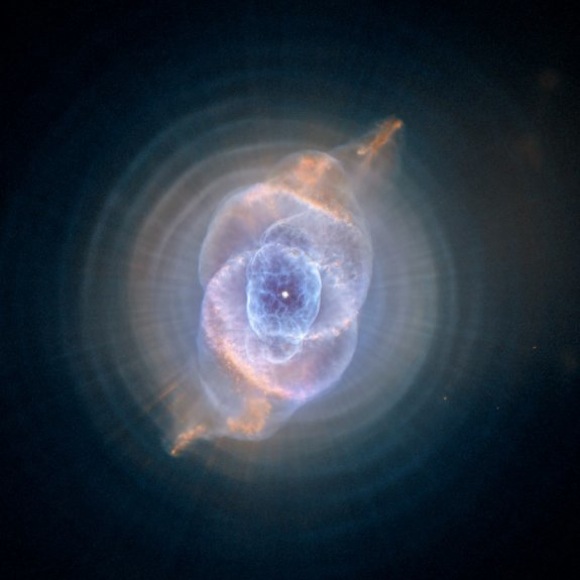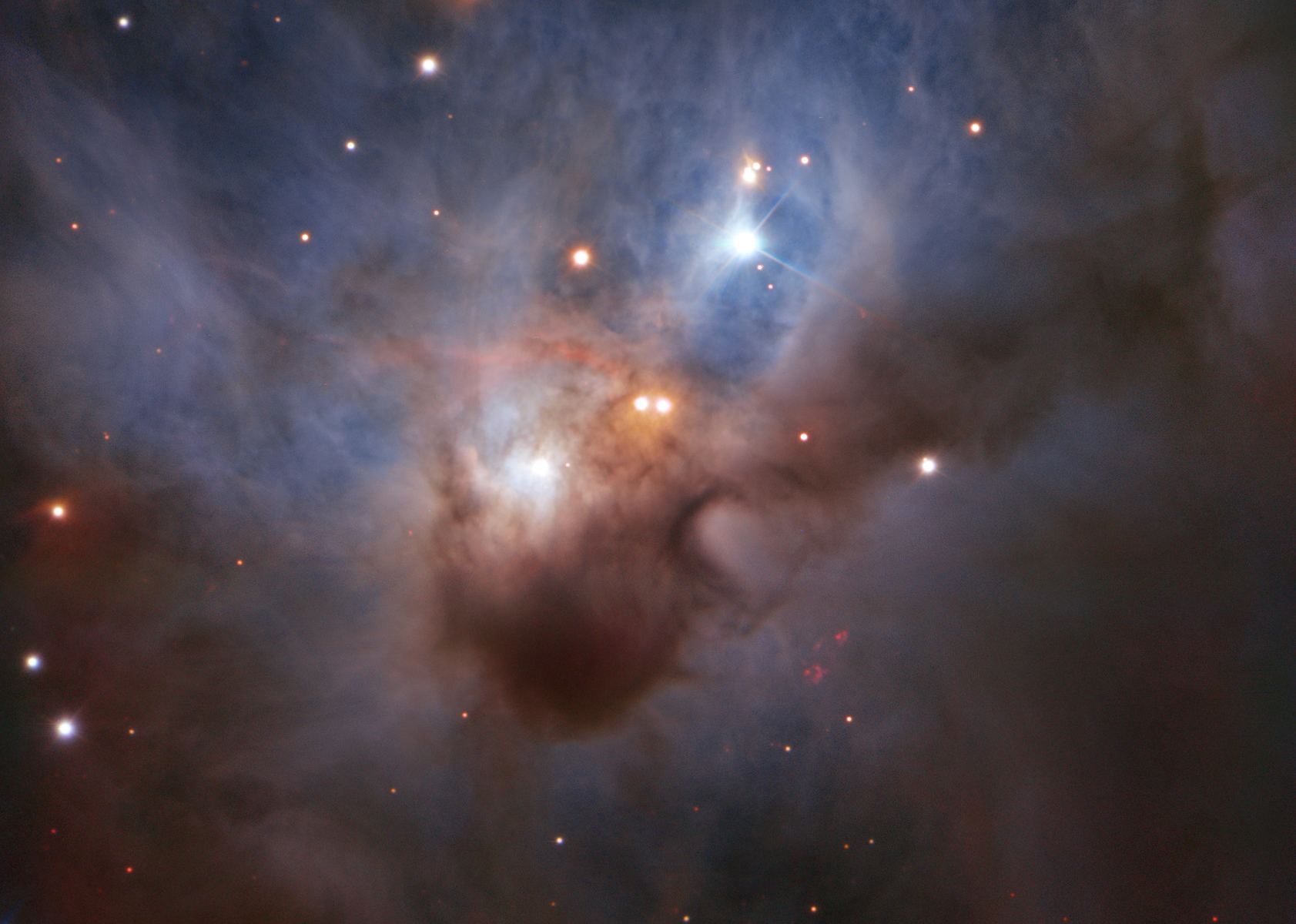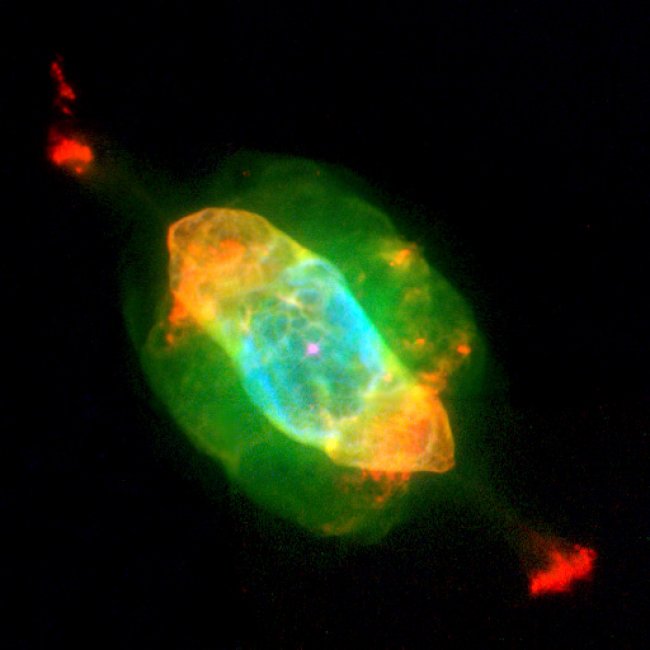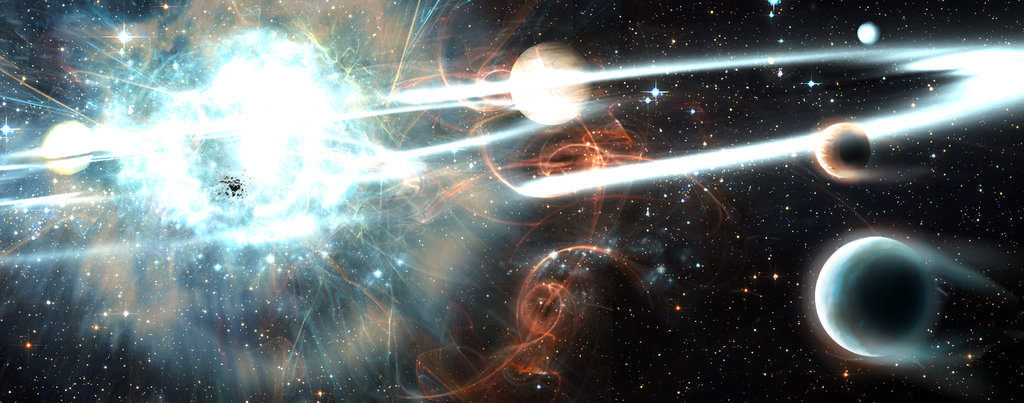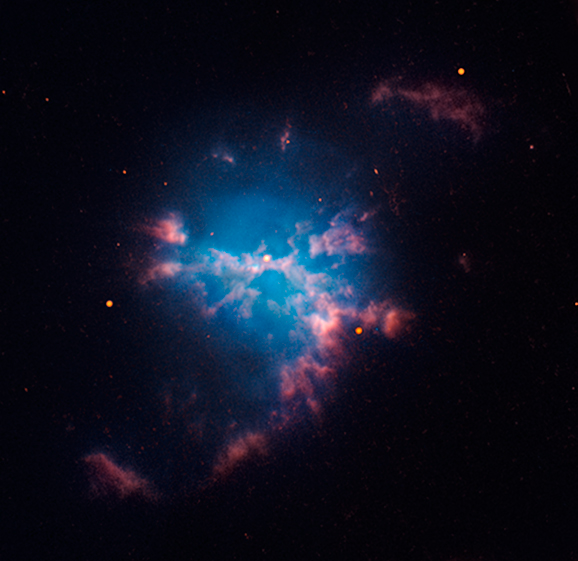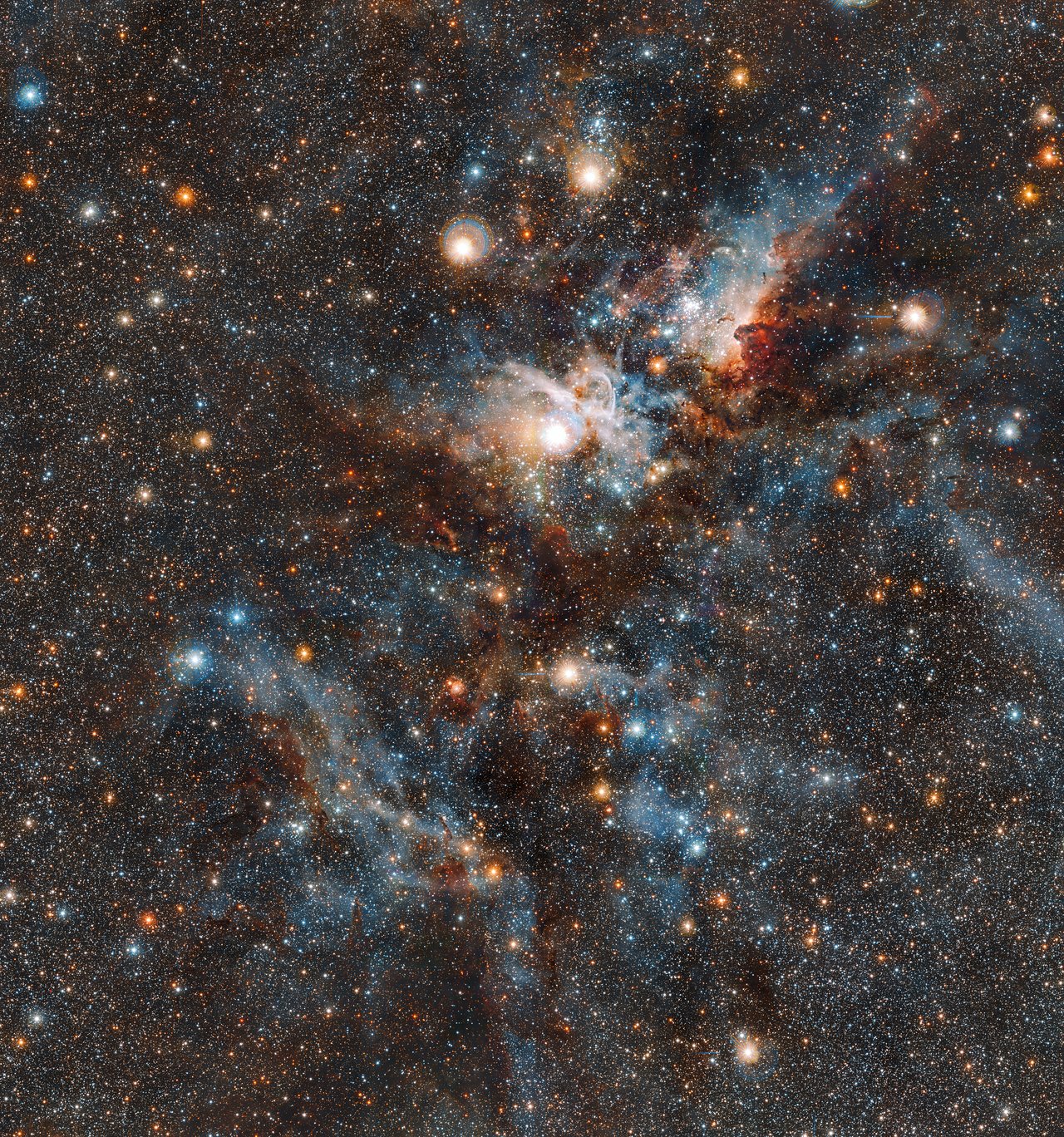7500 light years away is an object that (almost) needs no introduction: Eta Carinae. If you haven’t heard of it you should be following Universe Today more. Eta Carinae is a well-known and often-studied object in astronomy, partly because it’s prone to the kind of violent outbursts that really grab your attention.
Continue reading “Hubble has a Brand New Picture of the Massive Star Eta Carinae. It Could Detonate as a Supernova Any Day Now”Hubble has a Brand New Picture of the Massive Star Eta Carinae. It Could Detonate as a Supernova Any Day Now
